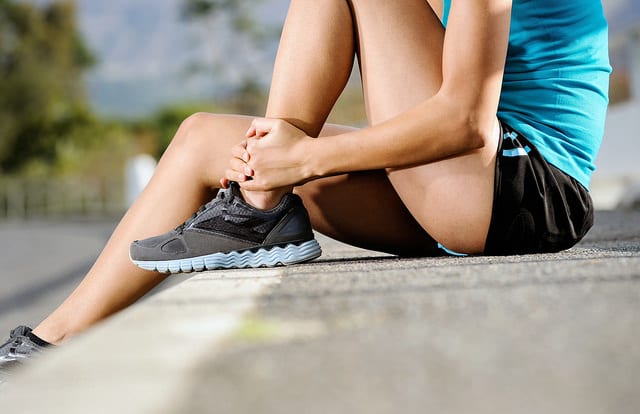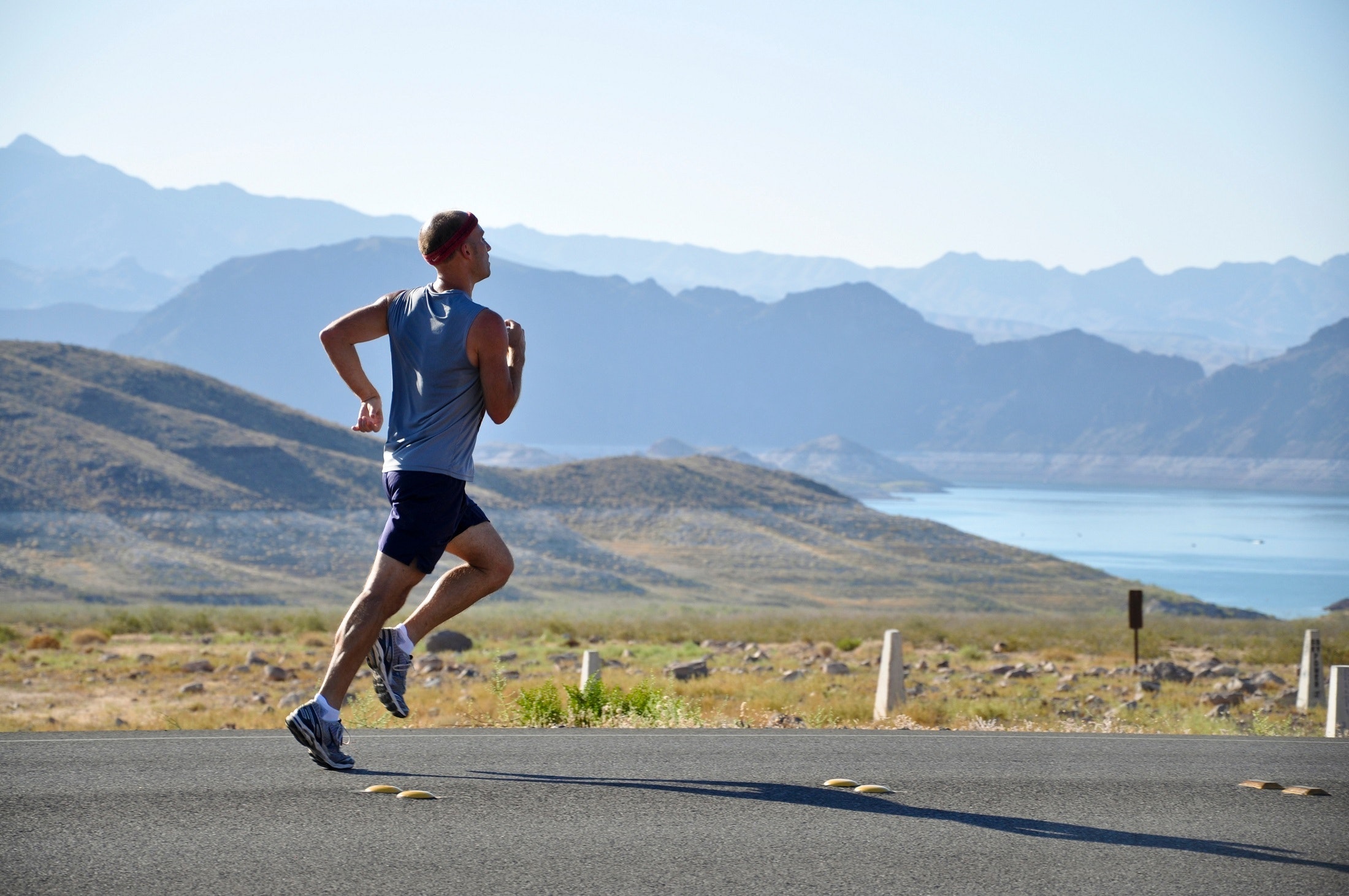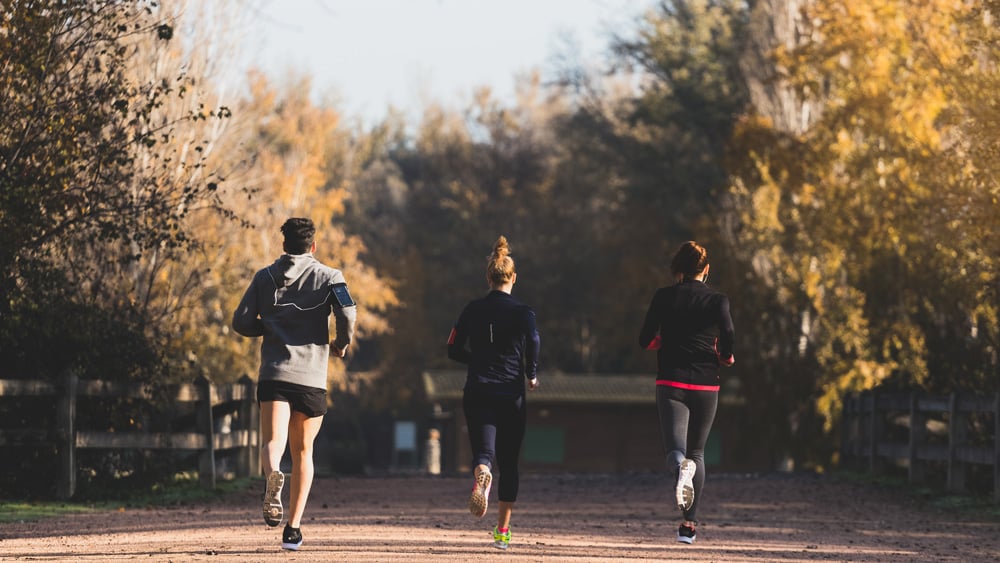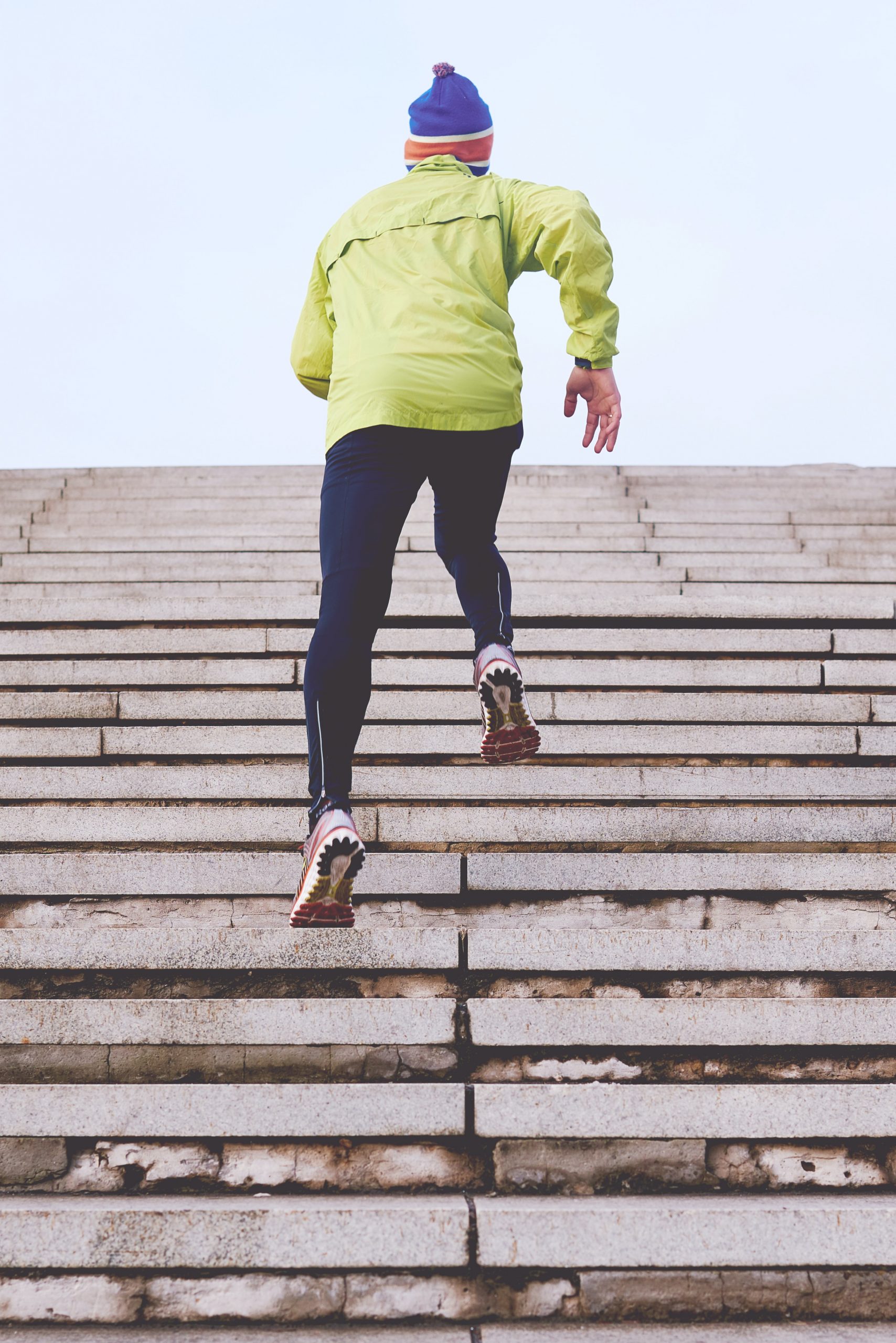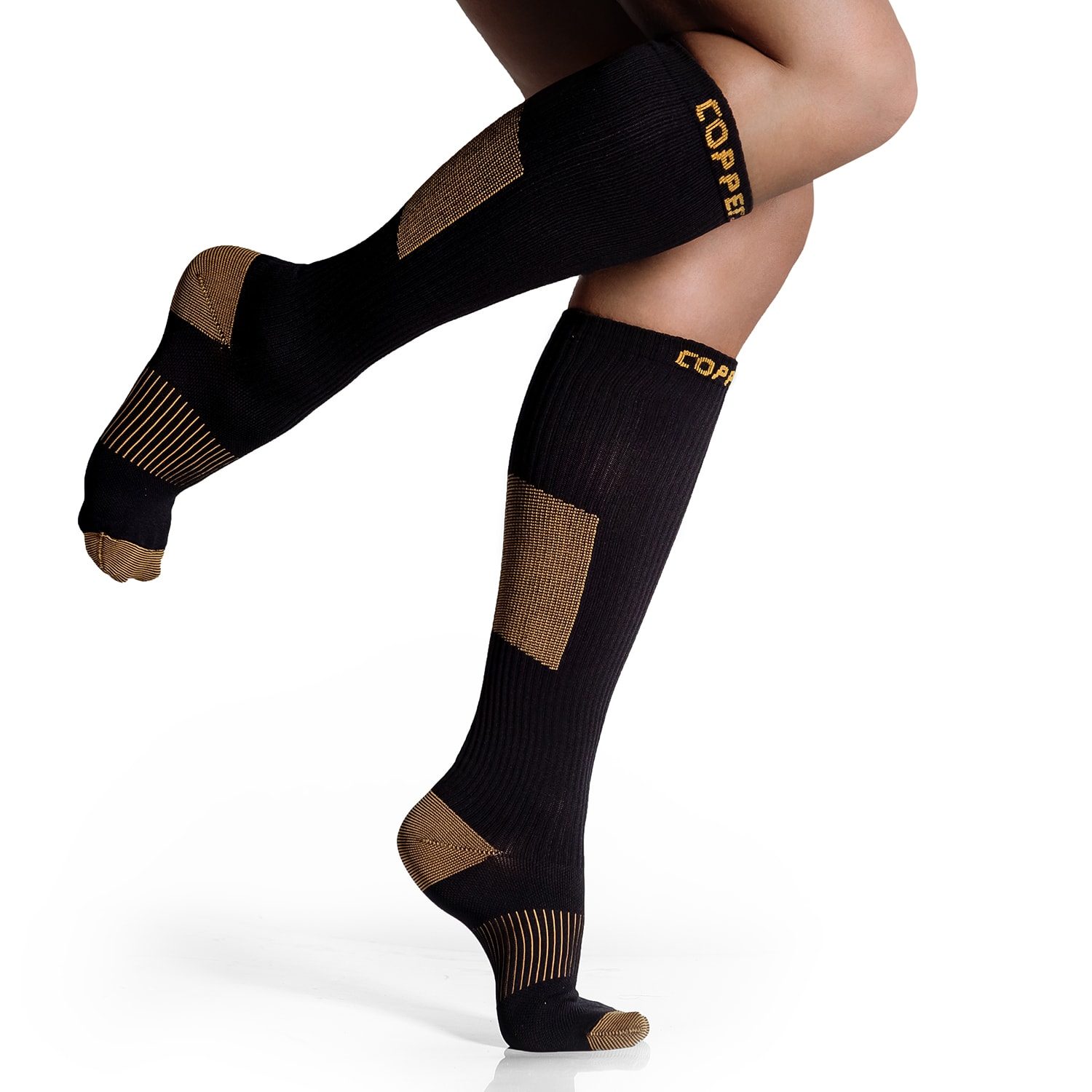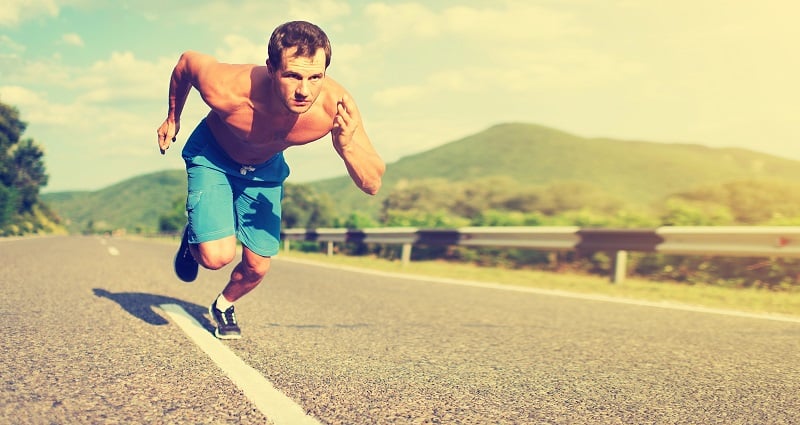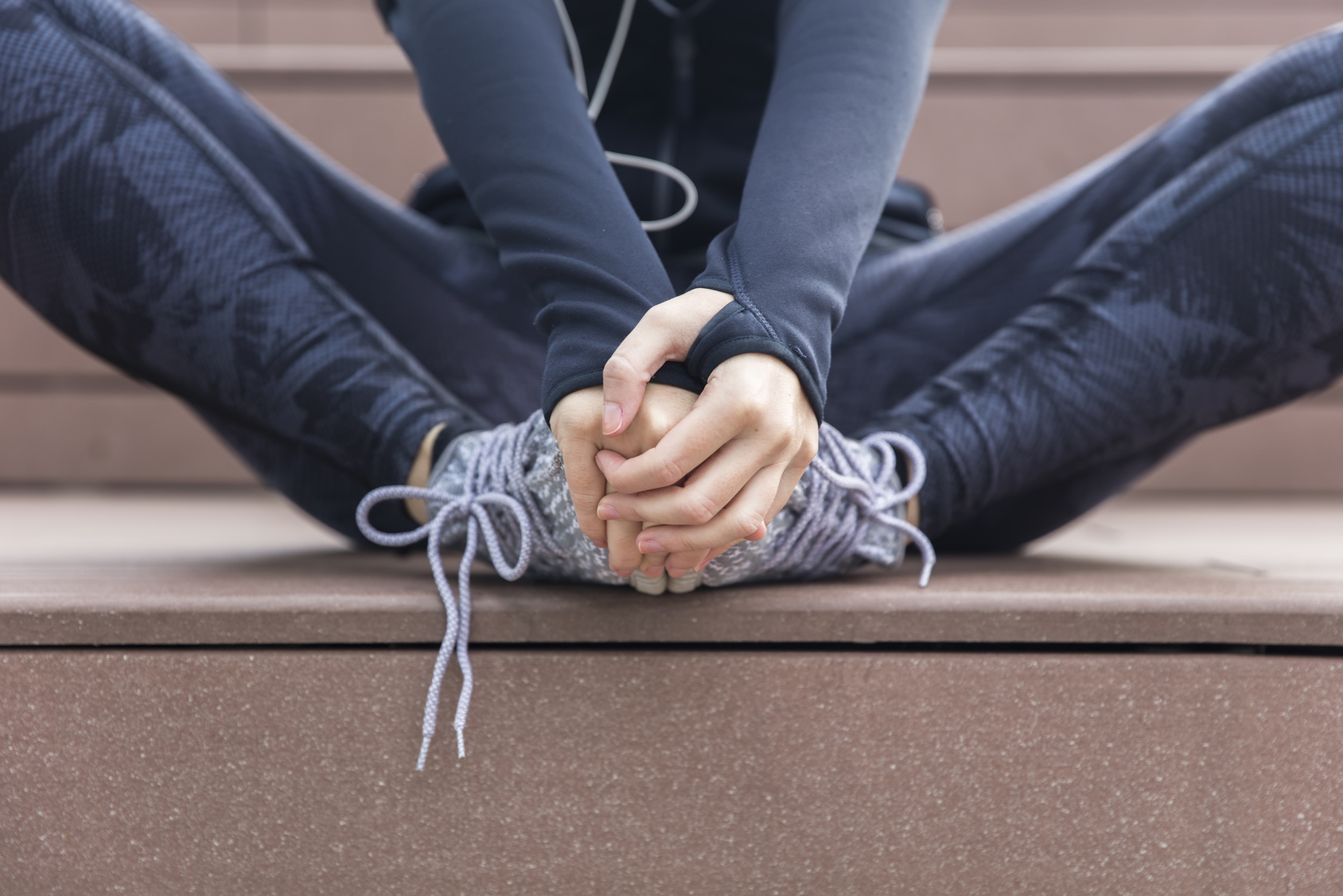Becoming an online personal trainer is a great way to help people achieve their fitness goals, and it can also be a lucrative business venture. However, there are several things you need to do in order to build a successful online personal training business. *
When starting a career it is important to know what you’re getting yourself into. In this article, we will discuss some of the most important steps you need to take in order to get started.
Get The Right Certification
In order to be a personal trainer, you will need to get a certification from an accredited institution. It is also possible that the state where you live requires certification as well. This is for your safety and those who entrust you with their health and fitness goals.
There are several reputable institutions out there, all of which should provide competent training and certification.
An online personal trainer must make sure they receive the proper education in order to create the programs necessary for their clients. The best way to set yourself up for success is to get certified by an institution that provides its students with information about online personal training and how it works. This will ensure that you have the knowledge necessary in order to get your business off the ground and become successful.
Build A Website And Social Media Accounts
In this day and age, you need to have a website in order for your business to succeed. Professionals now expect to receive the information they are looking for online. A good site will provide potential clients with all the information they need about you and your services. Fortunately, even if you have no experience of website building, there are resources out there like the createwpsite YouTube channel to help guide you throughout the process so that the end result is something you can really be pleased with.
You should also have social media accounts that people can visit in order to learn more about you and follow you. Having an Instagram and Facebook account is crucial for personal trainers because it allows them to reach out to their clients and potential clients on a more personal level. It also gives people the opportunity to view pictures of you and your services, before and after pictures, videos about your business, and read testimonials from past clients.
Build Online Training Programs
You need to have training programs that people can purchase in order for them to see real results. You should also offer free resources that will allow people to learn more about the things you’re teaching. It is important that these resources are high-quality and your website is easy enough for anyone to use, even those who are not very tech-savvy. People who visit your site for the first time should be guided through it with ease, so you need to make sure you get input from other people on how they would find your site if they were looking for fitness information.
Your content needs to be useful and engaging, otherwise, you won’t build a loyal following. This will help to grow your business over time because people will recommend your site to their friends and family. Make sure to put some effort into each training video you make because it will be more likely to succeed.
And don’t forget about the most important part of your program: nutrition. You’ll need to build high-quality meals into your training programs in order for your clients to see success. You can use a tool like My PT Hub’s Nutrition Software to make this task much easier.
Create A Marketing Plan And Budget
As a personal trainer, it’s important that you create a marketing plan for yourself in order to help grow your following. You can do this by creating articles, or videos for YouTube, sharing content on social media sites like Facebook and Instagram, offering free resources through your site, having a blog, and attending fitness events. Once you have an idea of how much money you can afford to spend on marketing each month, create a budget so you know what you can do in order to successfully grow your following.
Hiring a marketing agency might be a good idea, especially if you have no idea where to start. You will typically get the most bang for your buck with an agency because they know how to market online and get results. Make sure that any marketing agency you hire has worked with trainers before so they know what works best when it comes to growing your business.
Its crucial for a personal trainer to have a professional-looking site that provides potential clients with all the information they need about you and your services. Your content needs to be useful and engaging in order to build a loyal following. The tips we’ve provided should help get you started on the right path. Follow this guide to learn how to become a personal trainer in order to grow your following, enjoy success, and help clients with their fitness goals. Good luck with your new business!




